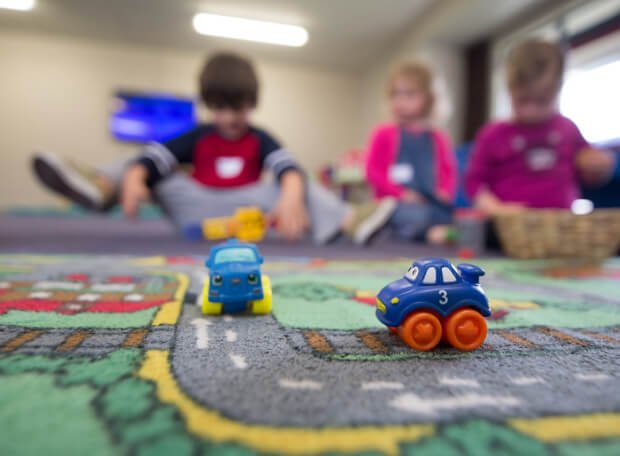As a parent, you play a vital role in shaping your child’s learning experiences, especially during their formative preschool years. Creating a safe and stimulating learning environment at home is essential for supporting your preschooler’s curiosity, fostering creativity, and promoting cognitive development. In this article, we’ll delve into effective strategies for transforming your home into a nurturing space where your child can thrive intellectually and emotionally.
Strategies for Creating a Learning Environment:
- Designate a Learning Space: Set aside a specific area in your home dedicated to learning activities, such as a cozy reading corner or a playroom stocked with educational materials.
- Provide Access to Learning Resources: Stock your home with age-appropriate books, puzzles, art supplies, and educational toys that encourage exploration and discovery.
- Follow Your Child’s Interests: Pay attention to your child’s interests and passions, and incorporate activities and materials that align with their curiosity.
- Encourage Hands-On Learning: Provide opportunities for hands-on exploration and experimentation, such as sensory bins, science experiments, and cooking projects.
- Promote Independent Exploration: Foster independence by arranging materials and activities in accessible bins or shelves, allowing your child to choose and engage in activities independently.
- Create a Rich Language Environment: Surround your child with language-rich experiences by reading aloud, engaging in conversations, and exposing them to a variety of vocabulary-rich materials.
- Establish Routines and Rituals: Create predictable routines and rituals that provide structure and stability while also allowing flexibility for spontaneous learning opportunities.
- Embrace Outdoor Learning: Take advantage of outdoor spaces for learning adventures, nature walks, gardening, and exploration of the natural world.
- Celebrate Mistakes and Encourage Persistence: Create a supportive environment where mistakes are seen as opportunities for learning, and perseverance is celebrated as an essential aspect of the learning process.
Conclusion: By implementing these strategies, you can cultivate a home environment that nurtures your preschooler’s natural curiosity, promotes cognitive development, and fosters a lifelong love of learning. Remember that creating a stimulating learning environment is not about perfection but about providing opportunities for exploration, discovery, and growth. With your support and guidance, your child can thrive intellectually and emotionally in the comfort of their own home.


